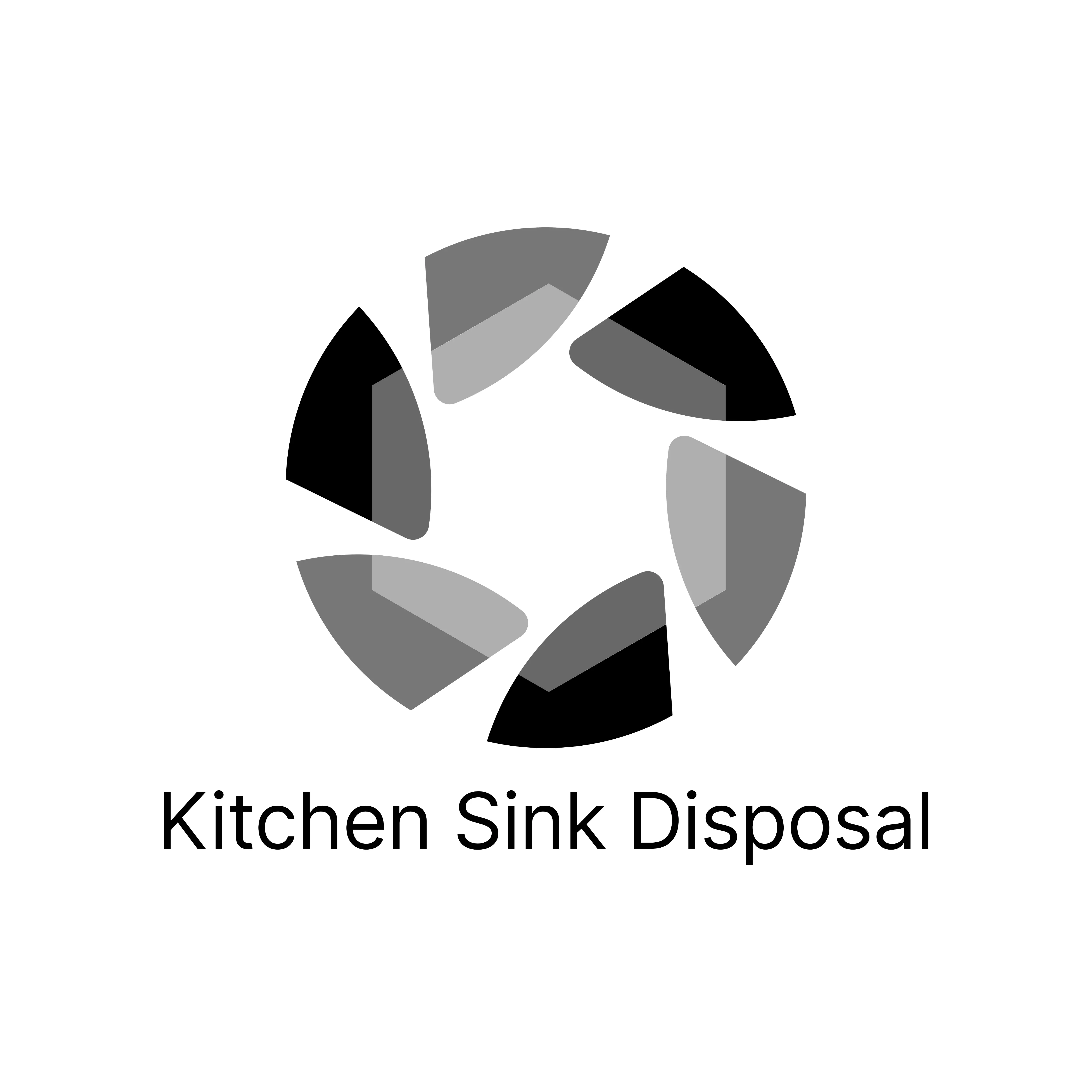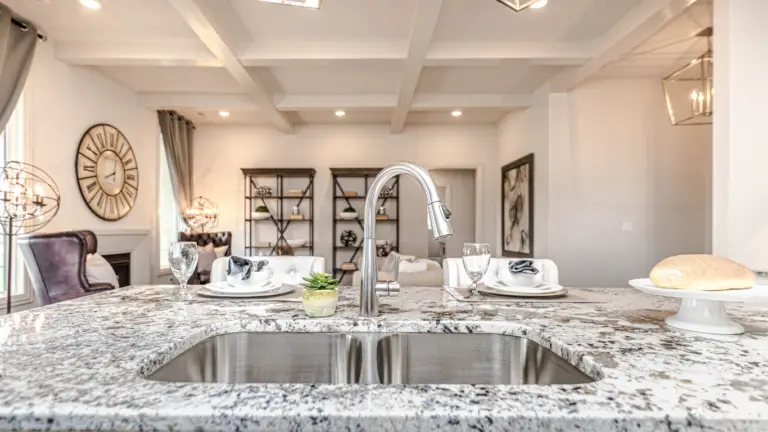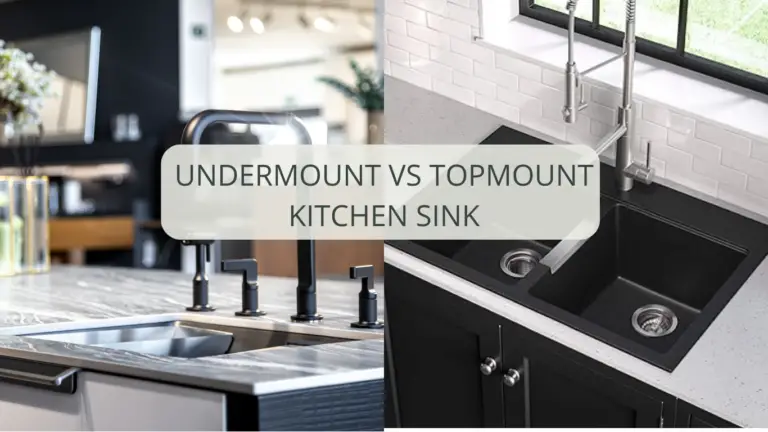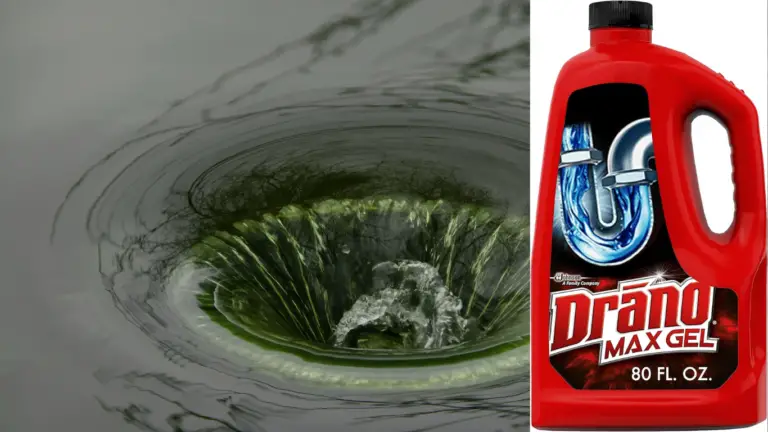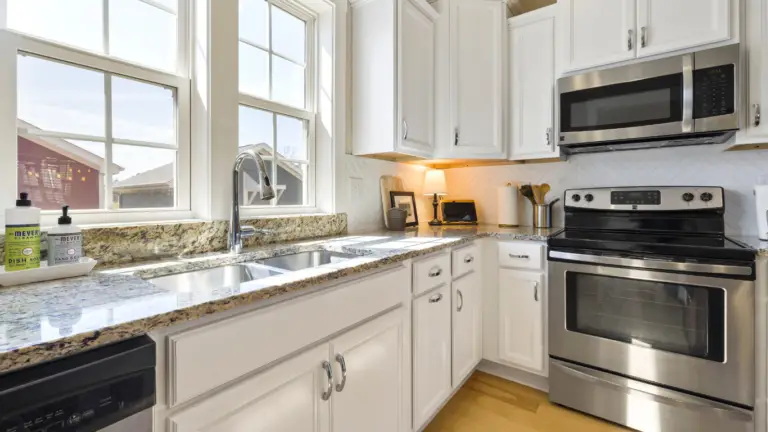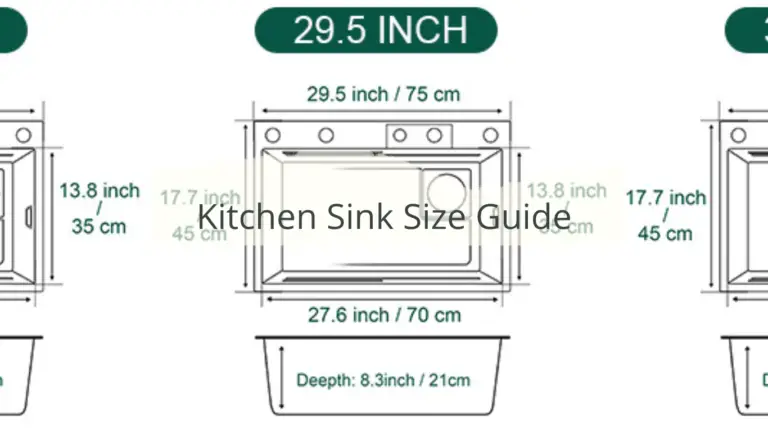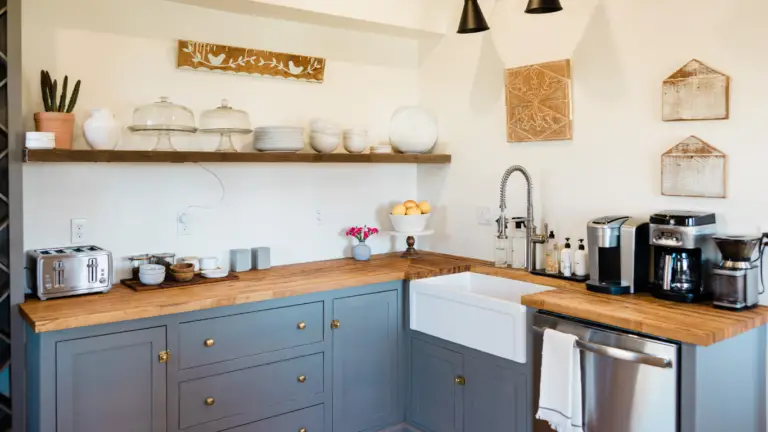Pros and Cons of Copper Sinks
This post may contain affiliate links which means I may receive a commission for purchases made through links.
Copper is used to make various products such as vehicle radiators, electrical wiring as well as kitchen sinks and faucets. Specifically, its innate longevity and durability draw many homeowners to this material, particularly for kitchen sinks. In addition, its shiny surface ages into a beautiful, deeper hue that creates a dynamic element in your kitchen space.
However, like any other kitchen sink material, copper has its pros and cons that you should know about before committing to copper sinks.
So, stick around to learn everything you need to know about these sinks including why copper sinks turn green!
Pros of copper sinks
-
Lovely & timeless appearance
Copper sinks have a functional design that will make a bold statement in your kitchen space. At the same time, copper’s color and patina are a powerful focal point in the room. Moreover, copper sinks are available in a wide range of styles and have a lovely appearance. All these factors will give your kitchen space a timeless feel that you’ll enjoy for years.
-
Rust & corrosion resistant
Copper kitchen sinks are very robust as well as stain- and corrosion-resistant. This makes them a great alternative for porcelain sinks and provides a bit more visual appeal than stainless steel.
-
Anti-microbial properties
Although this may sound like a myth, copper sinks kill microorganisms due to the material’s antimicrobial properties. This will help to reduce undesirable smells in the kitchen. And keep your family safe.
According to a certain study, using copper on surfaces in public schools considerably reduced the presence of staphylococcus aureus, which is known to cause staph infections.
-
Environmentally friendly
Copper is a naturally occurring and eco-friendly material as it can be easily recycled without compromising its structural integrity. As a matter of fact, 80 percent of copper that has been mined from the earth and put to use is still being used to date. In addition, copper is malleable and has an extra-long lifespan, thus eliminating the need to replace it as frequently as other kitchen sink materials.
-
Durable & adaptable
Contrary to popular belief, copper sinks are not that finicky. Instead, copper is a very durable metal that will stand the test of time. With a little bit more care than you are used to giving your sink, copper sinks can last a lifetime. Even better, copper is a ‘self-healing’ material, meaning minor scratches on its surface will disappear over time.
-
Easy to maintain
Copper sinks are relatively easy to maintain provided you understand the nature of copper and how it changes over time. One thing you need to note though is that copper doesn’t remain shining and brilliant forever. Instead, it acquires a beautiful, distinctive patina as you use the sink more and more. However, if you prefer the appearance of worn copper, you’ll certainly enjoy seeing the sink develop this personality over time.
More importantly, you need to avoid substances that may harm your copper sinks. For instance, putting very acidic meals and drinks in your copper sink might cause discoloration. To avoid these problems, clean the sink with a simple soap and water solution every few weeks.
-
Available in a wide range of styles & sizes
Copper sinks are available in various sizes, layouts, finishes, shapes, and functional options. For instance, you can find an array of different polished, rustic, and matte finishes as well as several exciting textures like smooth and hand-hammered. This makes them a great addition to any kitchen design as they can fit neatly into any type of space.
Also, copper sinks are generally deeper than farmhouse sinks. For that, you can use them in various parts of your house for tasks like rinsing the family pet, and hand wash clothing.
Drawbacks of copper sinks
-
More costly than other types of kitchen sinks
While copper sinks are not as expensive as high-end kitchen sink materials like marble, they are not as cheap as standard stainless steel fixtures. To be exact, the cost of buying and installing a copper sink can range from $400 to $2000 depending on the level of customization and craftsmanship involved in installing it. In comparison, the average cost of installing a standard stainless steel sink is around $400 for materials and installation.
-
Susceptible to heat, acid & strong cleaning chemicals
Copper tends to darken over time as it acquires a patina. For that reason, you have to give it special care to prevent discoloration. However, you need to be cautious when cleaning your copper sink as it’s susceptible to strong cleaning chemicals. Also, it can be affected by heat as well as acidic substances.
-
Hard to install
Unlike other types of sinks, copper sink installation is a job that is best left to professional plumbers. This is because copper sinks, particularly farmhouse styles, are so heavy that it may be dangerous to try to install one yourself. Installing these sinks requires special skills and tools to ensure the delicate material does not incur any damage due to extended use.
-
Prone to denting
While a hefty copper sink is robust, a thin gauge copper is prone to denting and warping. So, if you intend to buy a thin gauge copper sink, you need to be very cautious when using it. Alternatively, consider spending a bit more for a thicker gauge sink that will withstand daily wear & tear. After all, buying a copper sink is a worthwhile investment as it helps increase or maintain your property’s value at resale.
-
Fades over time
As already mentioned, the brilliant, shiny copper sink surface fades over time. So, if you prefer a spotless, clean appearance that will not significantly change over time, a copper sink may not be the best option for you. However, if you love the copper’s signature patina, this can be a great thing for you.
Why do Copper Sinks turn green over time?
Copper sinks develop a green film (patina) over time to protect themselves from the elements. This usually occurs when copper encounters trace minerals left behind by water and the oxygen in the air. Its surface then naturally combines with these elements to form a thin protective coating known as patina. This patina gradually becomes darker and richer over time, creating a lustrous finish with rich veins of depth and color.
So, if your sink is always wet, the trace minerals left behind by water can cause it to turn green after a while to protect the sink from the minerals and possible corrosion. Also, this can occur when copper reacts to external stimuli like chemicals from cleaning agents and acid from food.
To prevent your copper sink from turning green, dry it after each use and keep it away from highly acidic items like coffee, ketchup, lemons, or orange juice. More importantly, you should always use specialized cleaning agents when deep cleaning your copper sink.
One thing you need to note though is that copper will change its color over time, regardless of whether you take care of it or not. This is because copper has what is known as a ‘living’ finish, meaning it will develop extra layers of character after years of use.
Conclusion
Investing in a copper kitchen sink will help to transform your house and may even increase your property’s resale value. In addition, these sinks; look great in both classic and contemporary settings, thus appealing to a broad range of tastes.
On the downside though, copper sinks are more costly up front compared to other types of kitchen sink materials. But as I already mentioned, the sink will pay for itself in the long run by enhancing the value of your house.
